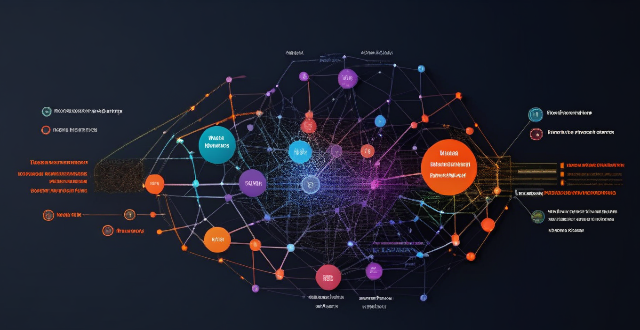The article discusses the latest techniques in network optimization, which include software-defined networking (SDN), network function virtualization (NFV), machine learning and artificial intelligence (AI), edge computing, and multipath transmission control protocol (MPTCP). SDN separates the control plane from the data plane, allowing for centralized management and control of network devices. NFV replaces traditional hardware-based network functions with virtualized versions running on standard servers. Machine learning and AI enable networks to automatically detect and respond to changes in traffic patterns, optimizing performance without manual intervention. Edge computing brings computational resources closer to the end users or devices, reducing latency and improving overall network performance. MPTCP allows multiple paths between two endpoints to be used simultaneously, reducing congestion and improving reliability. These techniques ensure that networks are efficient, reliable, and capable of handling increasing amounts of data.

Introduction
Network optimization is a crucial aspect of modern computing, as it ensures that data is transmitted efficiently and effectively across networks. With the increasing demand for faster and more reliable network connections, there has been a surge in research and development of new techniques to optimize network performance. In this article, we will discuss some of the latest techniques in network optimization.
Latest Techniques in Network Optimization
1. Software-Defined Networking (SDN)
Software-Defined Networking (SDN) is an emerging technology that enables network administrators to manage network services through software applications. SDN separates the control plane from the data plane, allowing for centralized management and control of network devices. This approach provides greater flexibility and scalability, enabling organizations to quickly adapt to changing network requirements.
Key Features:
- Centralized management and control
- Separation of control and data planes
- Increased flexibility and scalability
2. Network Function Virtualization (NFV)
Network Function Virtualization (NFV) is another technique that has gained popularity in recent years. It involves replacing traditional hardware-based network functions with virtualized versions running on standard servers. This approach reduces costs and increases flexibility, as virtualized functions can be easily scaled up or down based on demand.
Key Features:
- Replacing hardware-based functions with virtualized versions
- Cost savings and increased flexibility
- Easy scaling based on demand
3. Machine Learning and Artificial Intelligence (AI)
Machine learning and artificial intelligence (AI) have become increasingly important in network optimization. These technologies enable networks to automatically detect and respond to changes in traffic patterns, optimizing performance without manual intervention. For example, AI algorithms can analyze network traffic data to identify potential bottlenecks and suggest solutions to improve overall network performance.
Key Features:
- Automated detection and response to changes in traffic patterns
- Optimization of network performance without manual intervention
- Analysis of network traffic data to identify potential bottlenecks
4. Edge Computing
Edge computing is a distributed computing architecture that brings computational resources closer to the end users or devices. This approach reduces latency and improves overall network performance by processing data at the edge of the network rather than sending it back to a centralized server. Edge computing is particularly useful for applications such as Internet of Things (IoT) devices, where real-time processing is essential.
Key Features:
- Distributed computing architecture
- Reduction of latency and improvement of network performance
- Real-time processing for applications like IoT devices
5. Multipath Transmission Control Protocol (MPTCP)
Multipath Transmission Control Protocol (MPTCP) is a transport layer protocol that allows multiple paths between two endpoints to be used simultaneously. This approach improves overall network performance by distributing data across multiple paths, reducing congestion and improving reliability. MPTCP is particularly useful for mobile devices, where connections may fluctuate due to changing network conditions.
Key Features:
- Use of multiple paths between two endpoints simultaneously
- Reduction of congestion and improvement of reliability
- Particularly useful for mobile devices with changing network conditions
Conclusion
In conclusion, these are some of the latest techniques in network optimization that are being developed and implemented to improve overall network performance. By utilizing these techniques, organizations can ensure that their networks are efficient, reliable, and capable of handling increasing amounts of data. As technology continues to evolve, it is likely that we will see even more advanced techniques emerge in the future.